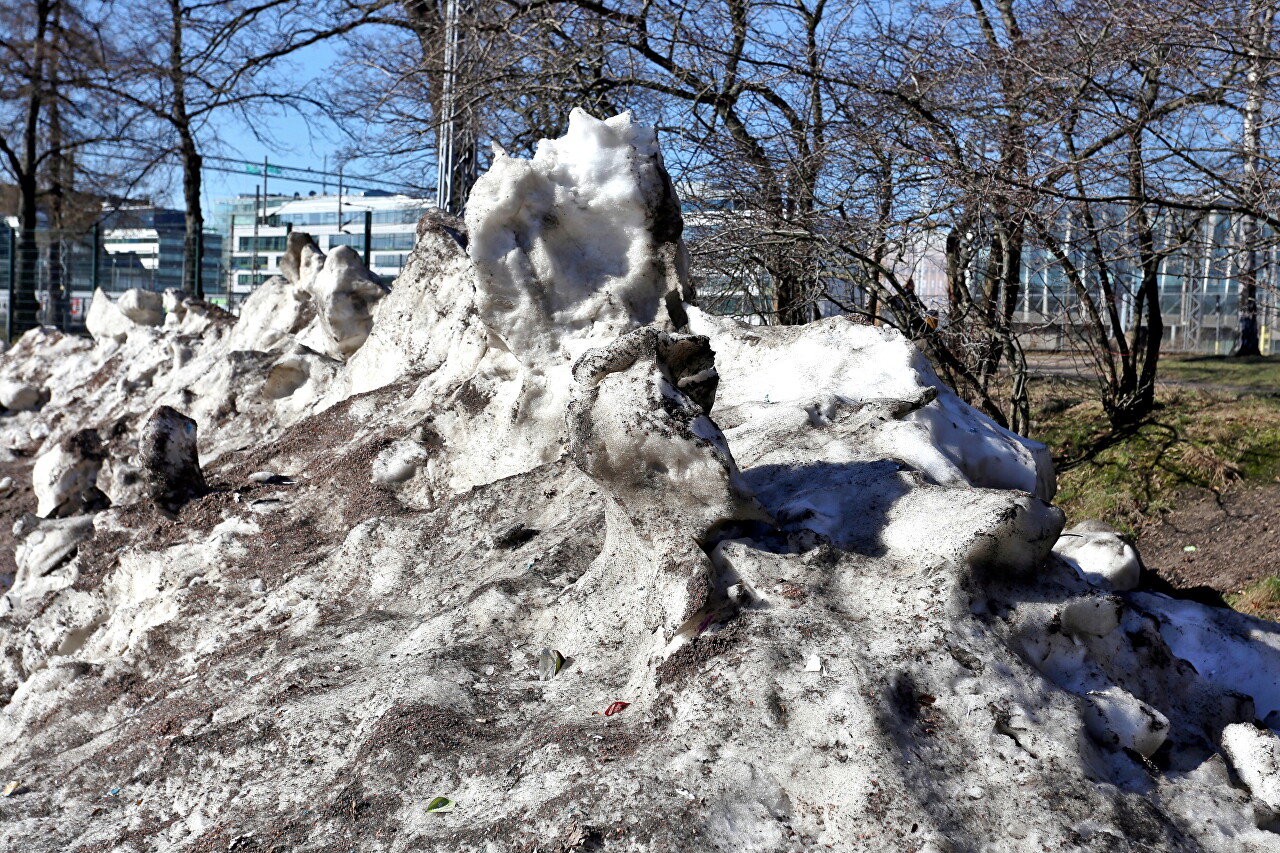Kaisaniemi Park Sculptures and Monuments, Helsinki
Behind the Finnish National Theatre is Helsinki's oldest park, built in 1812 next to the University. In 1827, the enterprising innkeeper Kaisa Wallund opened a drinks pavilion in the park, which became very popular first with students, and then with other audiences. The restaurant was called Kaisaniemi, which can be translated as "Kaisa Island", and eventually the whole park was called that way. The central part of the park is occupied by a large swimming pool with a fountain. It's the first half of April, the fountain isn't working yet and the pool is empty.
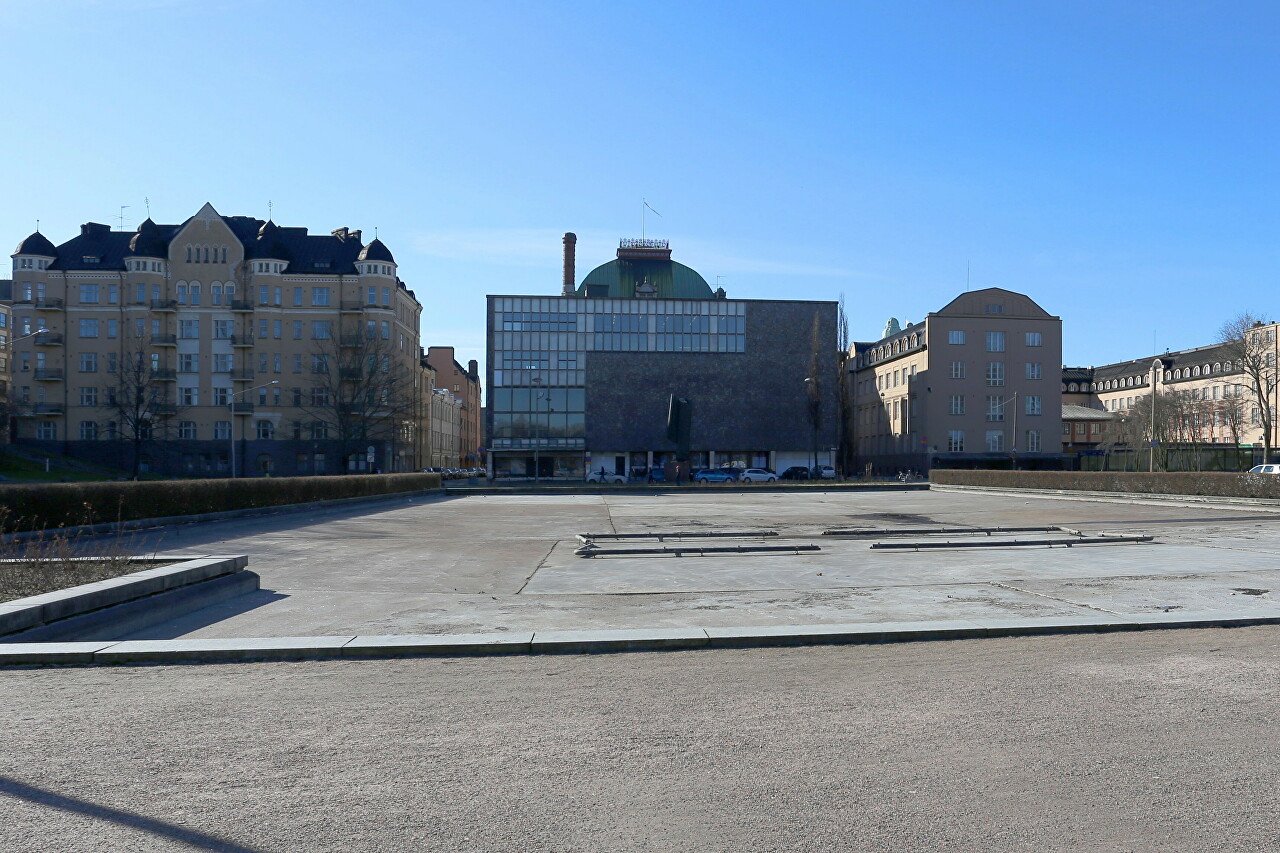
To the right of the pool, under the trees, you can see a bronze figure of a naked girl. Viktor Jansson sculpted it in 1931, giving the name Convolvulus (lily of the valley). The model was his daughter, Tove Jansson, although I was reminded of the young Agnetta Feltskog from the famous Swedish pop group ABBA. By the way, Tove Marika Jansson is no less famous as the author of books about Moomins.

To the left of the fountain, on a hillock, you can see the Young Elk sculpture, installed in 1931. Author Jussi Mäntynen is known for his surprisingly realistic depictions of animals. A keen nature lover and hunter, Jussi began studying animal anatomy and movement at a young age. Before becoming a professional sculptor, he worked for more than 20 years at the Zoological Museum of the University of Helsinki.
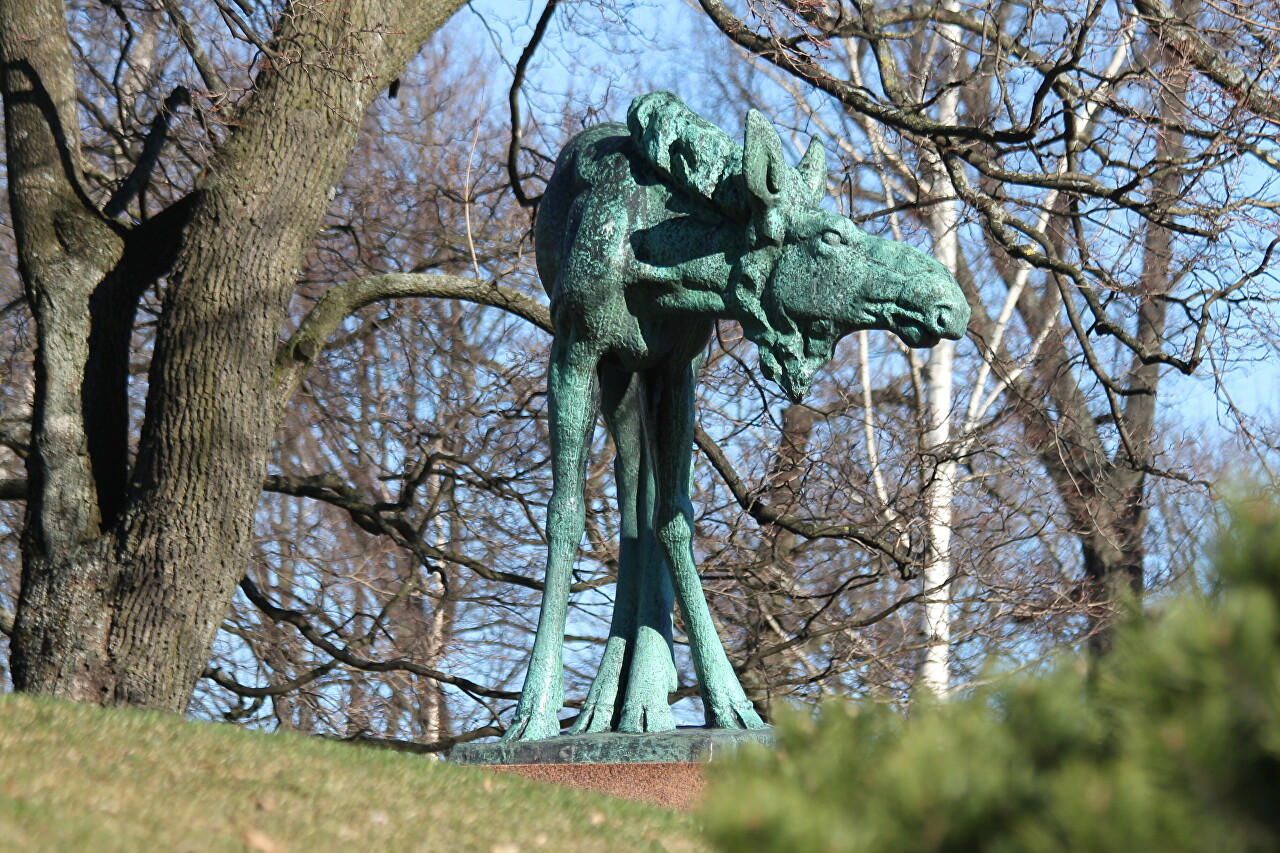
Behind the fountain pool, on the left, there is a monument to Fredrik Pacius (1809-1891), who wrote in 1848 the music to Johan Runeberg's poem "Our Land", which became the anthem of Finland. The same song became the basis for the Estonian national anthem. Pacius was born and educated in Hamburg, then was invited to Stockholm as concertmaster of the Royal Chapel, from 1834 he served as music director of the University of Helsinki, the University Orchestra and choir, and founder of the Helsinki Music Society. The bust was made by sculptor Emil Wikstrom and opened in 1885.
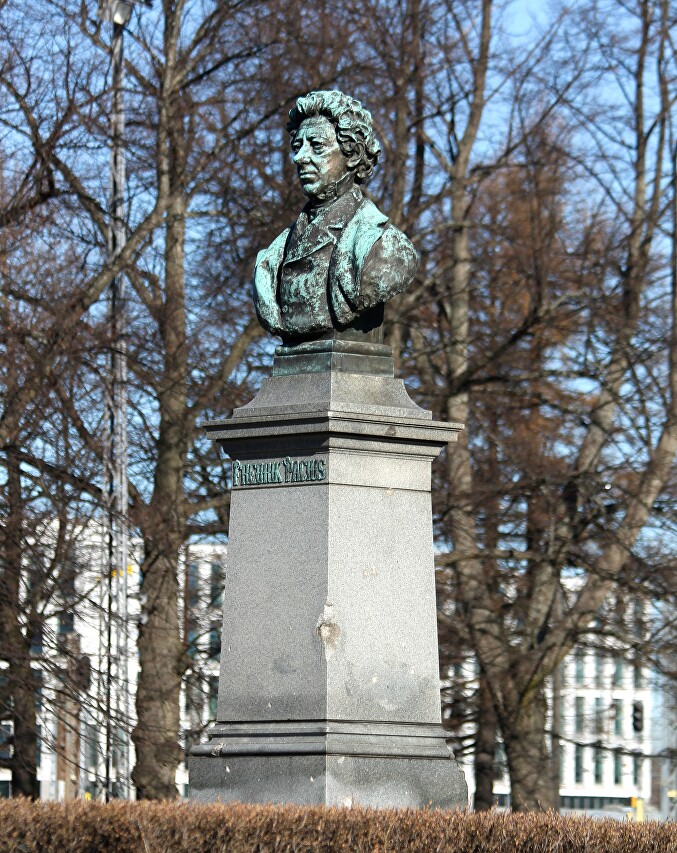
In 1954, a small stage building was added to the rear of the Finnish National Theater, which could accommodate 307 spectators. The authors of the project are Kaya and Heikki Seren. In 1972, the Curtain sculpture was opened in front of the entrance.
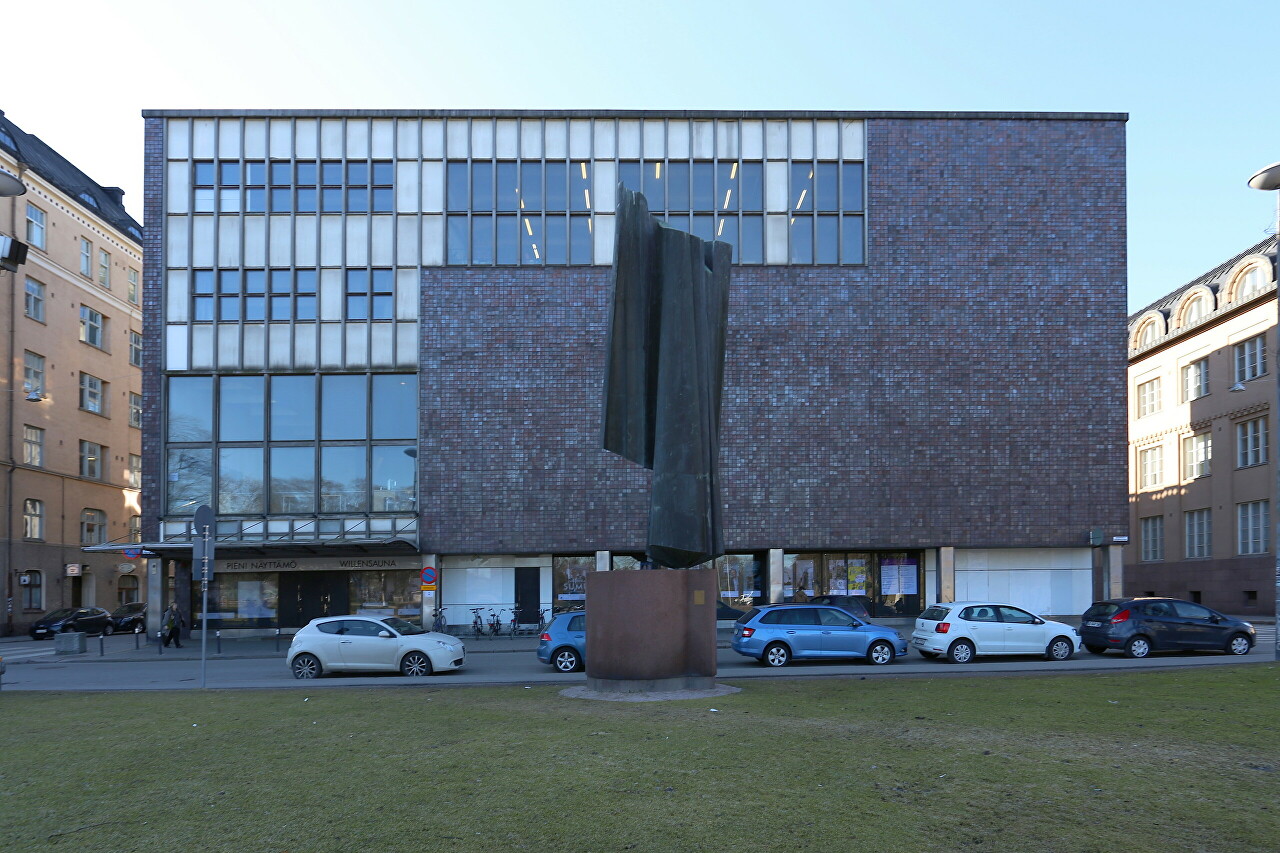
Sculptor Raimo Utriainen created this monument in memory of the famous Finnish actress Ida Aalberg (1857-1915).
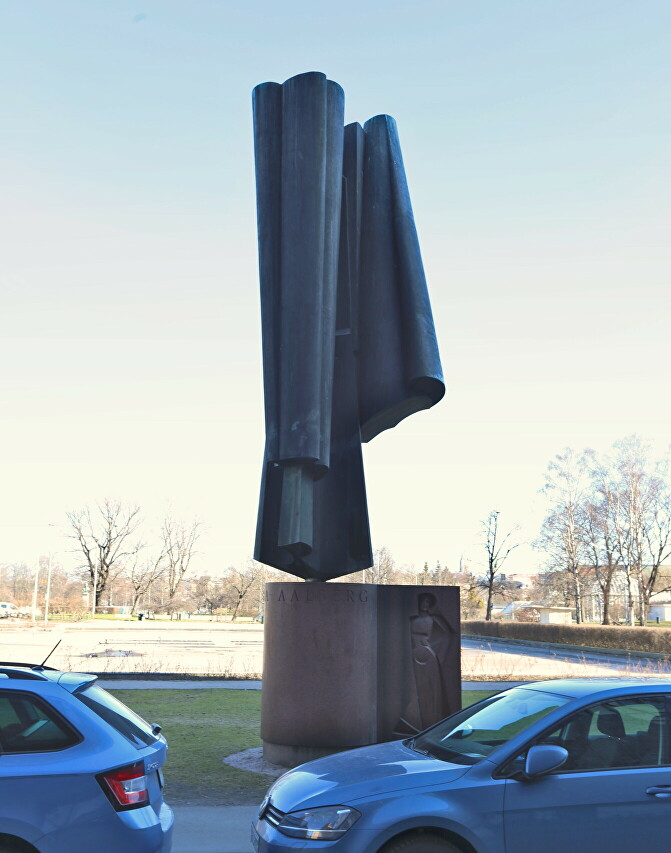
On the hillock to the right, you can see the grave of Fredrik Granatenhjelm (1708-1784), a well-known philanthropist.
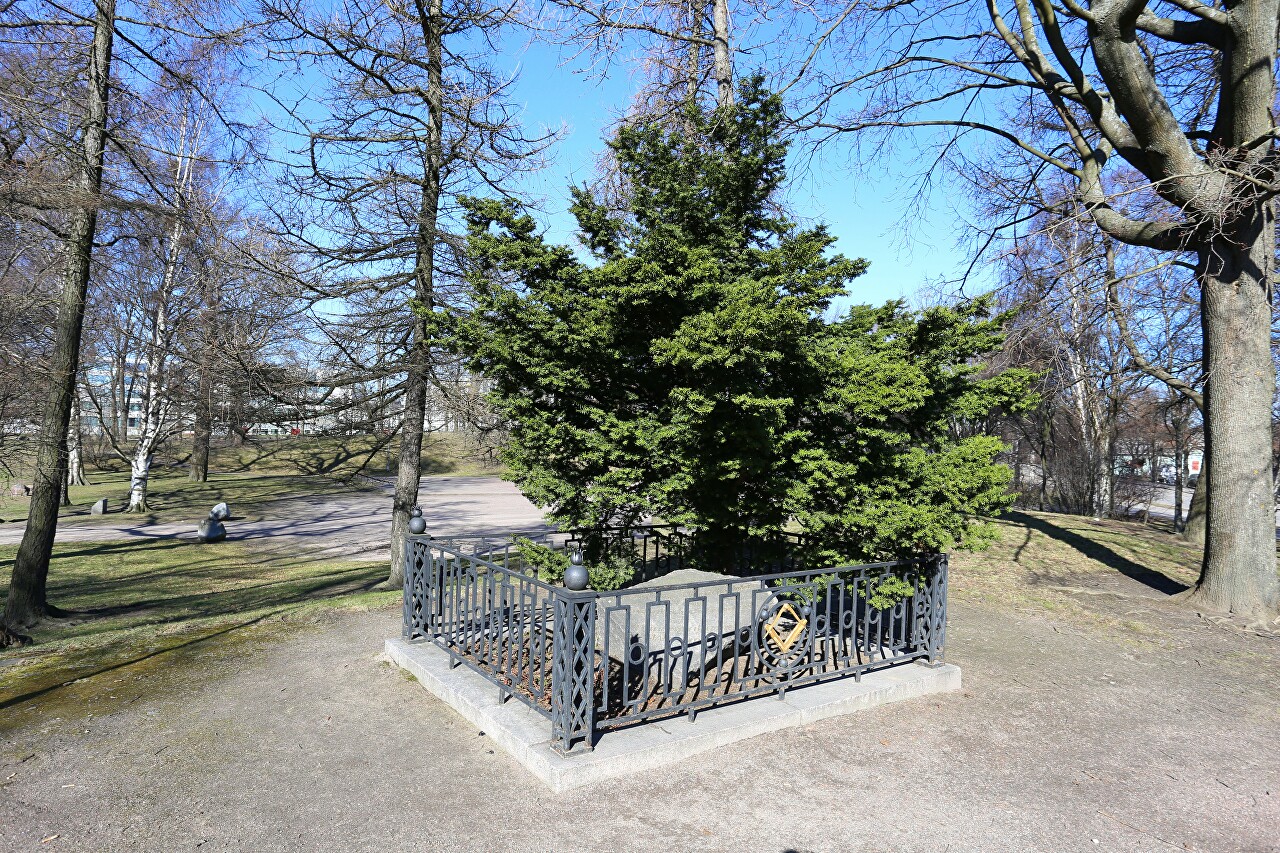
Granatenjelm was a participant in the war with Russia in 1741-1743, then served in the fortress of Suomenlinna, where he received the rank of major.
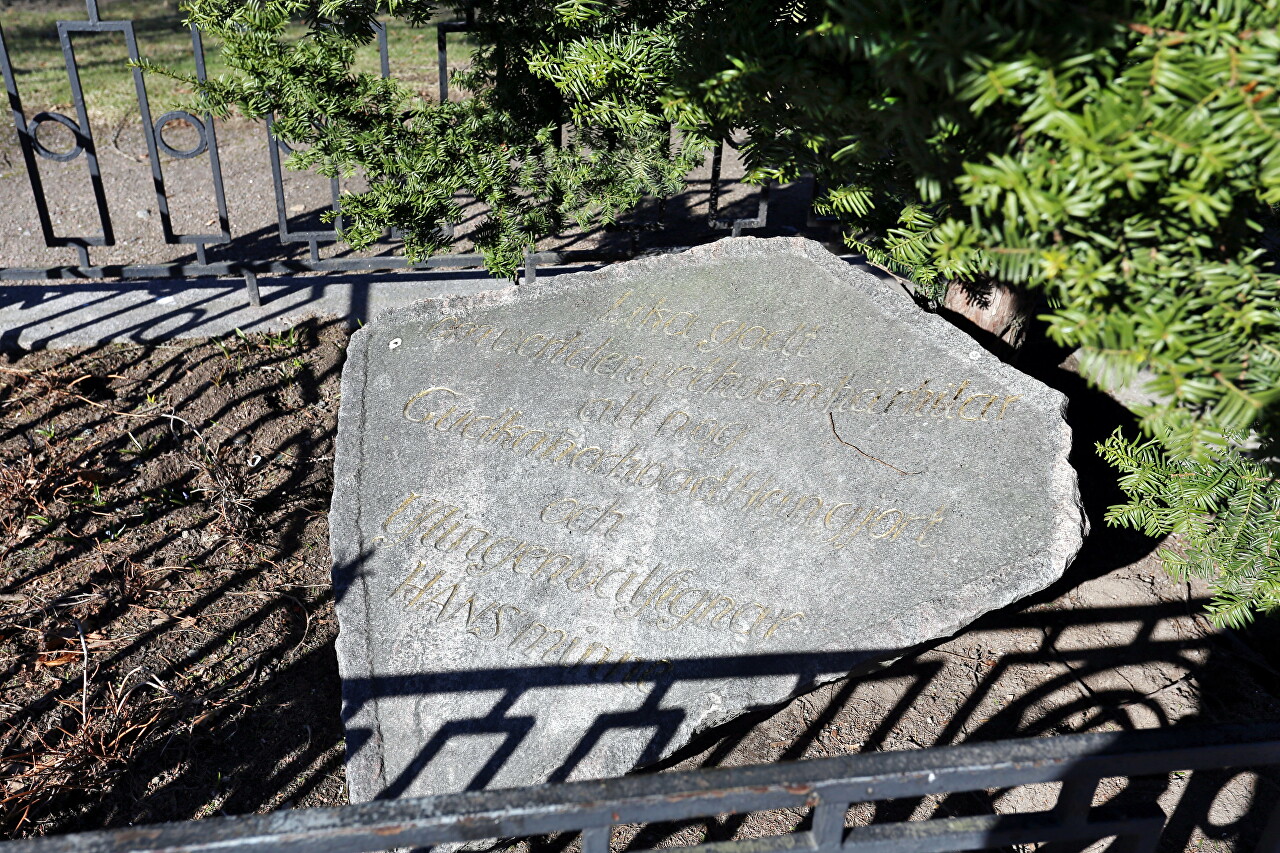
Masonic symbols are depicted on the grave fence, but, contrary to popular belief, the benefactor was not a Freemason, although he adhered to their principles - piety, charity, enlightenment. Granathenjelm bequeathed his estate to an orphanage under the patronage of Freemasons. In 1913, a charitable foundation was formed in his name, this event is considered the revival of Freemasonry in Finland.
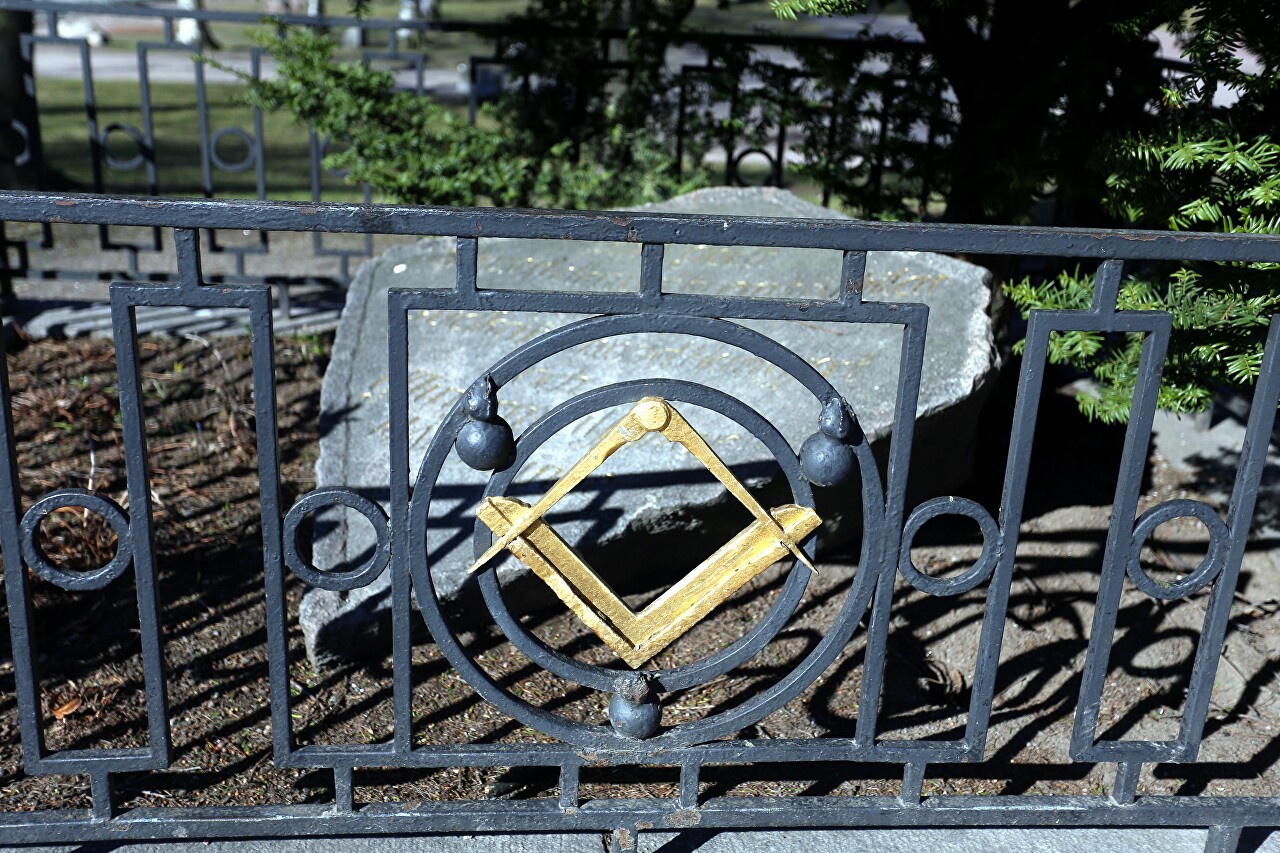
Not far from the grave, I found a granite pedestal with a memorial plaque in honor of the Day of Friendship of Soviet and Finnish Youth, dated July 31, 1962.
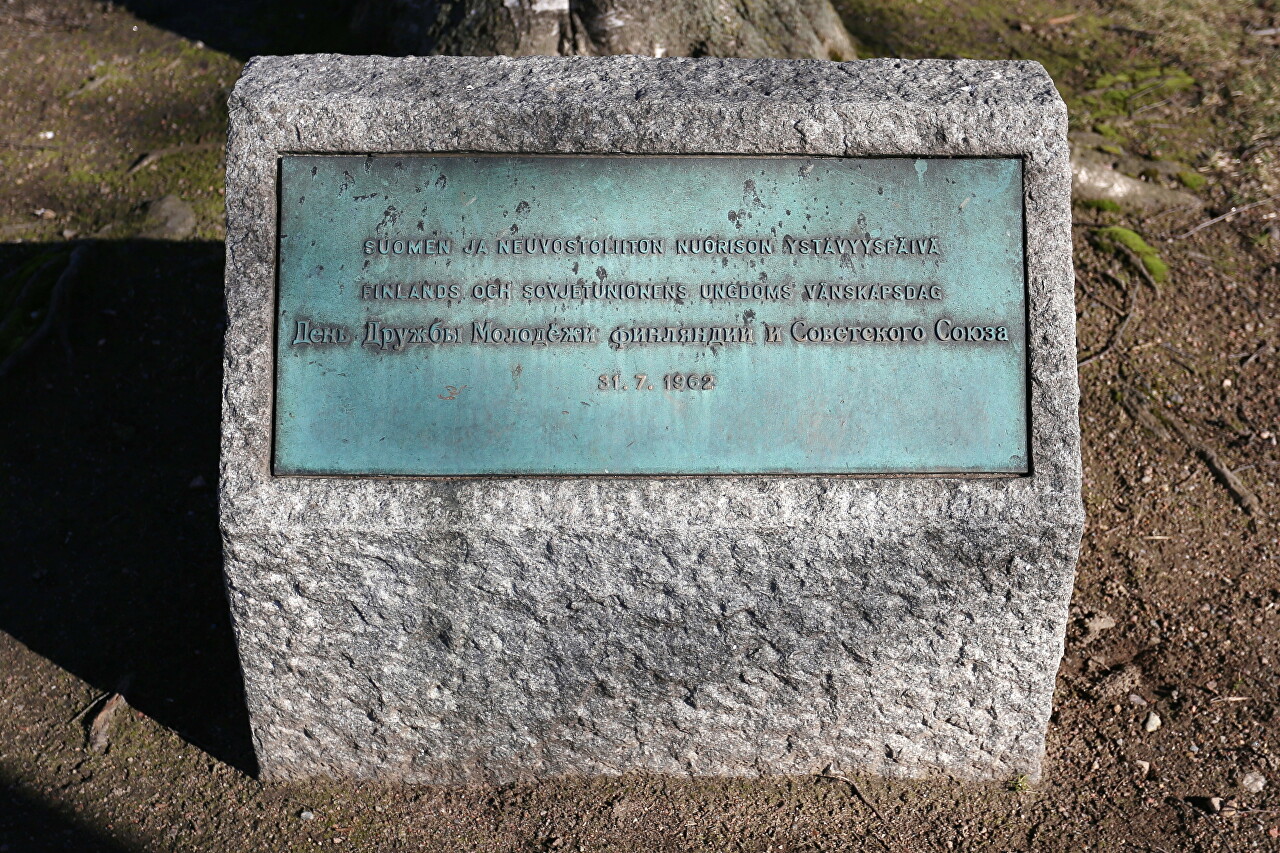
It was very warm, and a large snowdrift in the corner of the park caused some surprise, especially since I did not see any traces of snow even from the plane. The sun-blackened snow was melting intensely, taking on bizarre shapes. The sun-blackened snow was melting intensely, taking on bizarre shapes.
